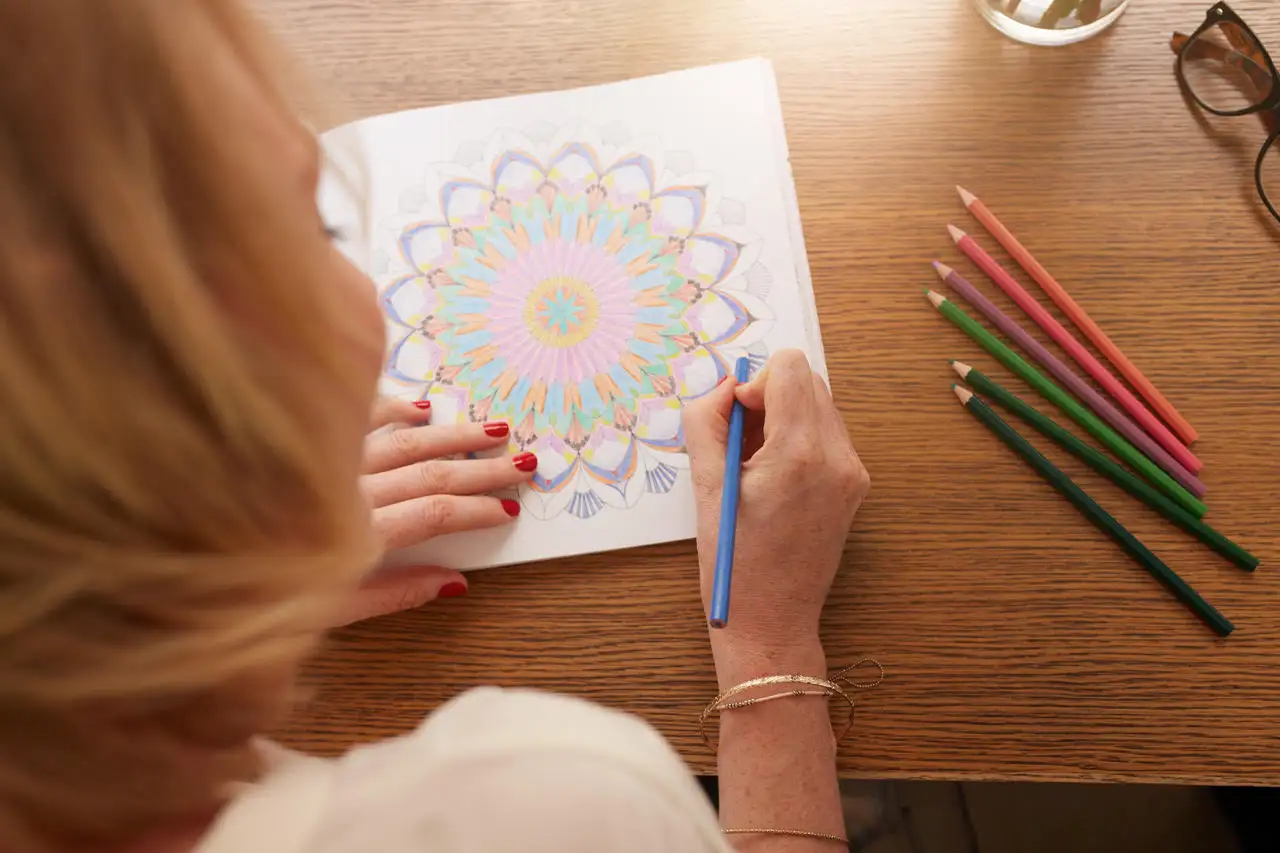For some of us, the idea of being truly comfortable in our own skin seems like a far off fantasy, especially for those who struggle with some degree of social anxiety. To be able to mingle with ease at a party or to speak our truth with fluidity and confidence irrespective of the topic or the audience would be a dream come true. Or maybe the dream would look more like a quiet contentment or a warm abiding around others; so that regardless of present company or the social context, the impulse to impress, entertain, manage, please or participate would be optional, not compulsory.
Exploring our discomfort
Whatever being comfortable in our own skin may mean for each of us, the path toward this inner freedom and sense of security starts from the same place. It starts with a genuine curiosity and compassion toward our difficult emotional experiences around others and with a commitment to warmly witness our emotional response, even when it’s uncomfortable or inconvenient. For many of us, this will come down to an entirely new way of relating to ourselves and to our emotions. Many start from a place of dissatisfaction with the discomfort we feel around others. In other words, we judge our negative or challenging emotions around others as bad, unhealthy, unacceptable or as a symptom that something isn’t right with us – that we’re broken.
There is a voice that doesn’t use words. Listen. – Rumi
Not surprisingly, telling ourselves that our challenging emotions are bad or that we’re broken isn’t the best way to foster the qualities of warmth and safety around others that we’d love to experience. The path toward having our bodies become a safe place starts by greeting our difficult to hold emotions with compassion and curiosity. Important to note that greeting our challenging emotions in this way isn’t the same thing as trying to accept or like them. Let’s face it, angst, anxiety and tension have a very unacceptable feel to them! Wouldn’t that be like trying to convince ourselves that something tastes good when we really don’t think that it does? Additionally, attempting to accept something our system finds unacceptable is a disingenuous use of force which doesn’t honor where our bodies are really at. This approach not only lacks a sense of integrity, it’s likely to lead to more inner conflict and tension.
Trusting our feelings
However, an internal move that’s congruent with integrity and that allows for more internal harmony is to bring warmth and understanding to those ‘unacceptable’ feelings. Also important to mention is that this gentle, inquisitive approach to our challenging emotional experiences is neither agreement nor passivity toward our body’s response to our external situation. Rather, it’s simply recognizing that our system is interpreting our situation or present company as unsafe, often for reasons we’re not even conscious of, and that our feelings are there for that reason. In other words, the difficult feelings are an expression of that basic sense of unsafety. Thus, greeting those feelings with warmth is to acknowledge the validity of our body’s experience and its attempt to communicate with us.
Making our bodies a safe place starts by listening to the messages from our body and taking them seriously. It’s to begin the journey of being truly interested in and honest with ourselves. By acknowledging when a part of us doesn’t feel comfortable or safe around others, we begin to develop our inner courage and authenticity. And the more warmth and curiosity we bring to these challenging feelings, the more we move toward understanding that part of us that’s afraid.
It’s very possible the discomfort we experience around others may be owing to an unconscious belief that people aren’t safe. Or that people can’t be trusted. Or maybe it comes from a belief that unless we gain the favor of the people around us, we won’t be accepted. Many beliefs that we currently have about others, ourselves and the world were formed as children and continue to run like software outside of our conscious awareness. That’s why we can have the experience of our bodies not feeling safe even while our adult, rational minds are telling us that there’s nothing to be afraid of.
Listening to our body
Listening to the voice of our body – even when those voices are difficult to hear – is how we can begin to understand what our bodies believe. Many of us know all too well that trying to tell ourselves that there’s nothing to be afraid does nothing to assuage the discomfort. However, when we slow down and truly listen to our bodies with care – those child parts – we can learn what they came to believe and how they came to believe it. It’s holding our own hand – or the hand of a professional – to revisit those fragmenting moments where our younger selves didn’t have the power or the resources to handle that relational interaction. We can understand and empathize with those parts of us that were unable to emotionally metabolize those fragmenting moments because they didn’t have the internal or external resources that we have today.
Being comfortable in our skin happens when there isn’t any part of us that we’re afraid to meet and warmly greet. Ultimately, our bodies will become a very warm and comfortable place to be the more we confidently greet all of our emotional experiences with warmth and understanding. This way of learning to relate to ourselves differently takes time to integrate and much practice. But what is more important than truly being comfortable within ourselves and then being able to carry that warm energy into all of our relationships and social interactions?




